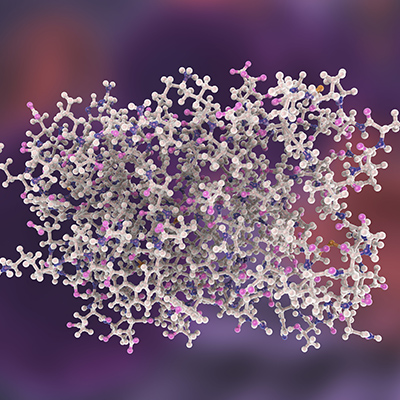October 11, 2022 -- Researchers from The Ohio State University have identified an enzyme-inhibiting strategy that promotes an innate immune response strong enough to stop infectious viruses.
The study, slated for publication in the journal Proceedings of the National Academy of Sciences, with support from the National Institutes of Health and the Howard Hughes Medical Institute, shows potential for developing broad-spectrum antiviral therapies.
The researchers mapped the precise location of the RNA modification they wanted to study, discovered which enzyme made this modification, and determined that this enzyme's work happens in mammal hosts.
They inhibited NSUN2, a key enzyme, to stop the RNA modification, called cytosine-5 methylation. Suppressing NSUN2 exposes RNA snippets that, despite belonging to the host, are seen as foreign invaders, triggering the robust production of type 1 interferon, a potent protein that fights infection-causing viruses.
The viruses tested included human respiratory syncytial virus, human metapneumovirus, Sendai virus in mice, vesicular stomatitis virus in cattle, and herpes simplex. Replication and gene expression of all viruses were significantly reduced when the enzyme was blocked.
The researchers verified this sequence of events in multiple cell types and human lung models, then blocked NSUN2 in mice. Next steps include developing a drug designed to block NSUN2, which they call "a druggable target."
"Typically, in antiviral development, the saying is, 'one bug, one drug,' but a drug that can stimulate the immune system to have broad antiviral activities would be very attractive," said co-senior author Jianrong Li, an Ohio State virology professor. "One drug against multiple bugs would be an ideal situation."
Copyright © 2022 scienceboard.net











